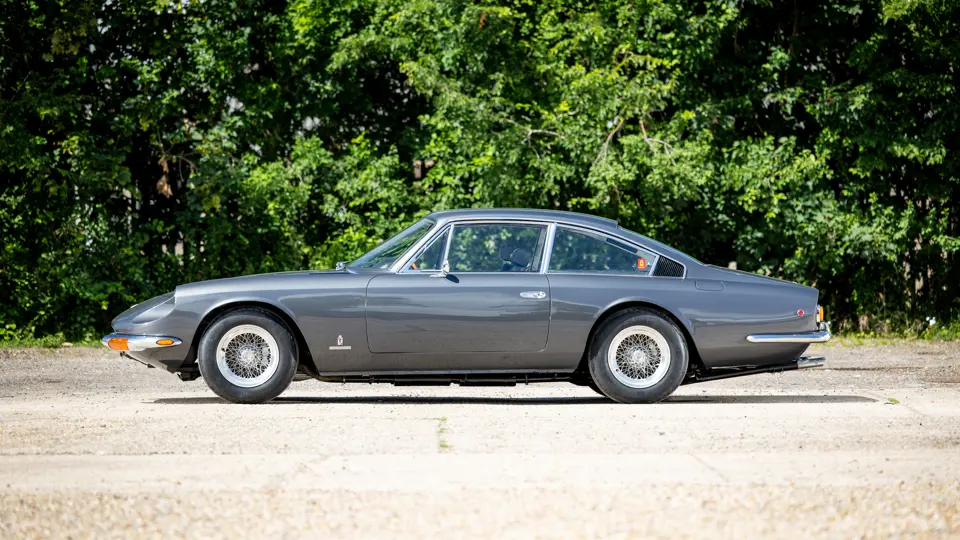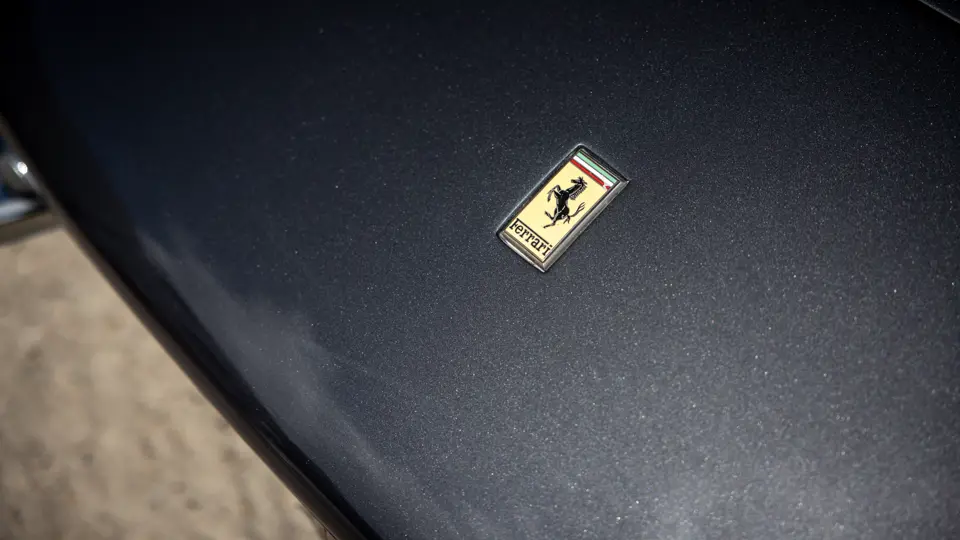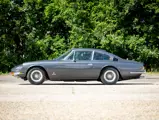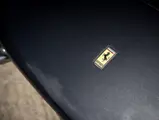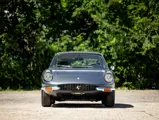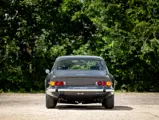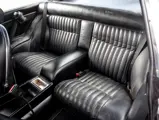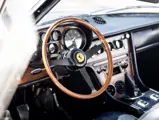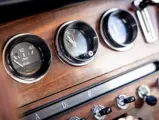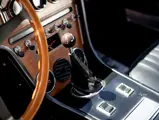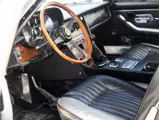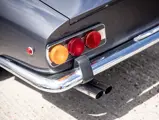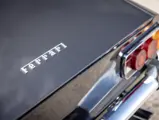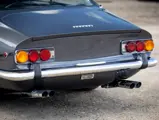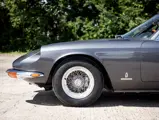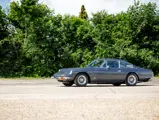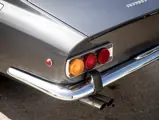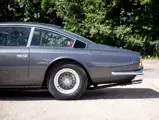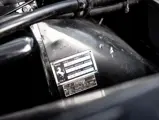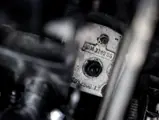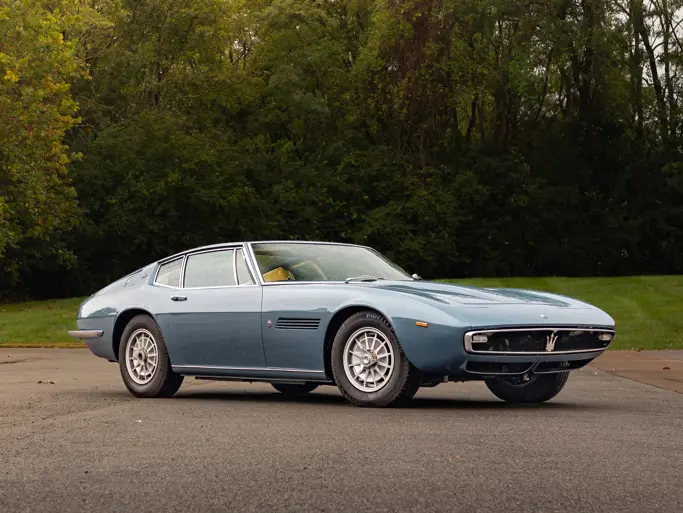
1970 Ferrari 365 GT 2+2 by Pininfarina
{{lr.item.text}}
CHF161,000 | Sold
{{bidding.lot.reserveStatusFormatted}}
- One of 801 examples of the 365 GT 2+2 produced between 1968 and 1971
- Originally despatched to American Ferrari Distributor Luigi Chinetti Motors Inc. of New York
- Originally specified in Verde Bahram over a Nero interior
- Retaining its numbers-matching Tipo 245 4.4-litre V-12 engine
It is perhaps fatuous to define the most distinguished period in Ferrari’s history, but if one were so minded then surely the decade from 1958 to 1968 would be a compelling candidate. During this time, Scuderia Ferrari secured three Formula 1 World Drivers’ Championships and two Constructors’ titles, while at Le Mans the cars from Maranello enjoyed a remarkable seven wins in eight years. Over the same period, road car production went from being incidental to integral to the company’s success, with sales increasing almost fourfold from 183 cars in 1958 to some 729 in 1968.
Instrumental in Ferrari’s expansion through the 1960s was a succession of four-seat, front V-12-engined grand touring cars, the first of which—the 250 GT 2+2—appeared in 1959. The car used the same 3.0-litre V-12 engine and 96.5-inch wheelbase as the standard two-seat 250 GT—albeit with its driving position moved forward 12 inches and its body extended by the same amount—while relocation of the fuel tank and only a modest weight increase ensured that the driving experience remained undiminished. Some 957 examples were sold, more than double that of the 250 GT Coupé Pinin Farina, hitherto Ferrari’s most numerous design.
In 1963 Ferrari launched the interim 330 America model, which showcased its new 4.0-litre Tipo 209 engine. This afforded an increase of some 60 horsepower over the 3.0-litre unit—to 300 horsepower—and would go on to feature in the new-for-1964 330 GT 2+2. Exhibiting a markedly different appearance to its two predecessors, the 330 GT 2+2 utilised heavily revised Pininfarina coachwork and, on second series cars, a five-speed gearbox in place of the previous four-speed-with-overdrive unit. Significantly, power steering and air conditioning were offered as optional extras to maximise the car’s appeal to the US market. The production of 1,087 cars between 1964 and 1967 underlined its subsequent popularity.
By 1967 it was evident that the 330 GT 2+2 was ageing in both technical and aesthetic terms. In response, Ferrari introduced its all-new 365 GT 2+2 model at that year’s Paris Motor Show. This featured a new 320 horsepower, 4.4-litre Tipo 245 derivative of Colombo’s original V-12 design and, crucially, all independent suspension on a Ferrari GT 2+2 for the first time. Hailed by many as the spiritual successor to the standard-bearing 500 Superfast, it was generously specified, with power steering, servo-assisted brakes and air conditioning all fitted as standard. At almost five metres long, it offered a commodious cabin and a generous luggage compartment—the comfort of its occupants being prioritised by the fitment of an innovative hydro-pneumatic self-levelling rear suspension system. However, despite the proliferation of creature comforts, the 365 GT 2+2 offered spirited performance, with 100 km/h being achieved in just over seven seconds with a top speed of 246 km/h. Furthermore, the flexibility and lightning-fast throttle response of its engine—not to mention its four-wheel ventilated disc brakes and superb steering—ensured that it remained a true driver’s car.
Some 801 examples of the 365 GT 2+2 chassis were built, of which chassis 13041, offered here, represents a relatively late production example. According to marque expert Marcel Massini, it was originally finished in the distinguished colour of Verde Bahram with a Nero interior and was despatched from the factory to US Ferrari Distributor Luigi Chinetti Motors Inc. of New York. The car appears to have led a somewhat reclusive early life, its first recorded public appearance being at a US West Coast auction in 2006. Interestingly, the relevant catalogue description states that it had previously undergone a comprehensive mechanical overhaul by respected Portland, Oregon-based Ferrari restorer Dick Guthrie, thereby confirming a period spent in the Pacific North-West. At some stage the car was resprayed metallic grey, but it would appear that it retained its gloriously patinated Nero interior.
Following the end of 365 GT 2+2 production in 1971, Ferrari opted for a more angular appearance for its GT cars, with models such as the 365 GTC/4 and 365 GT4 2+2 sporting a distinctive, contemporary look for the new decade. As such, the 365 GT 2+2 represented the end of an era: arguably the last great, classically styled 1960s Ferrari GT car. Offering versatility, performance and spectacular looks in equal measure, this magnificent matching-numbers example is ready to be enjoyed once again, not least for enthusiastic and exhilarating long-distance touring of the type so fundamental to its conception.

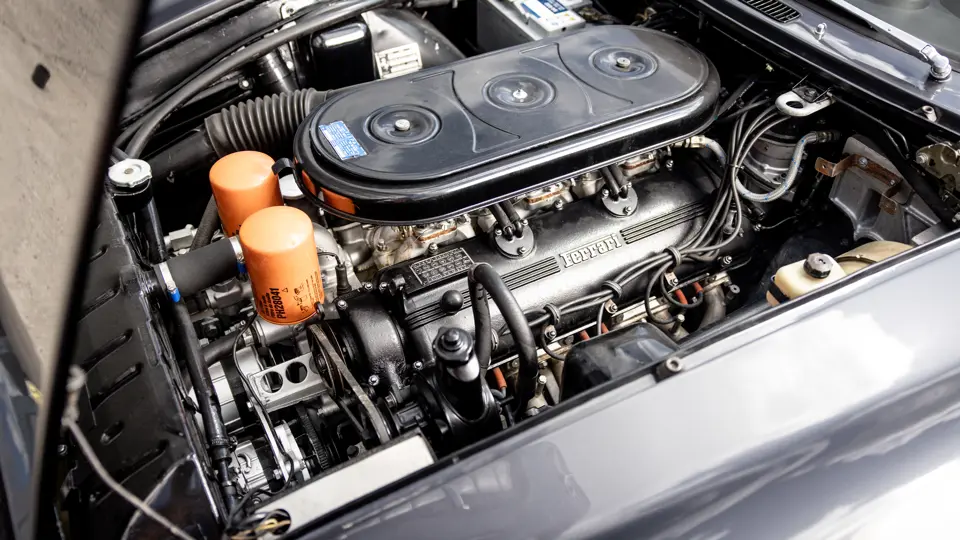




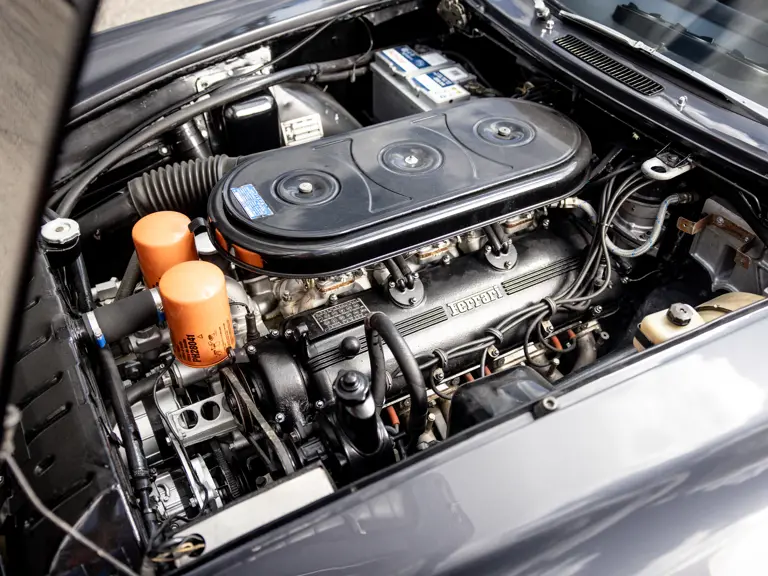
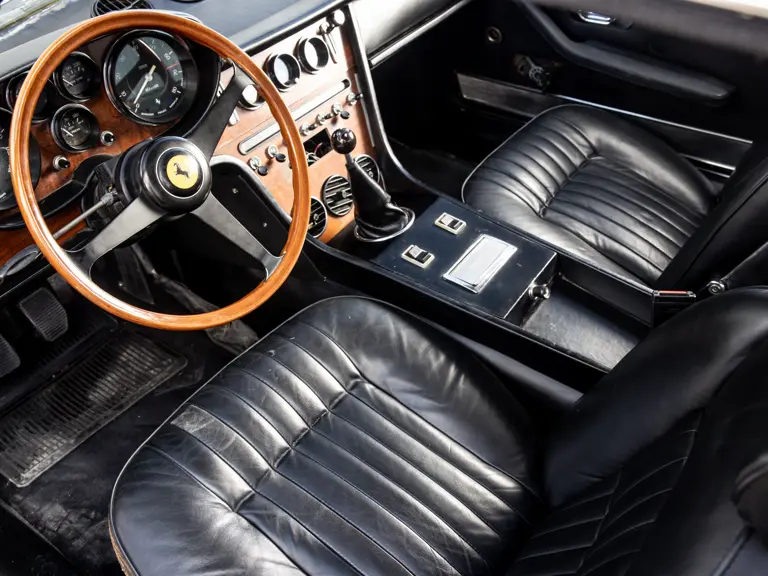

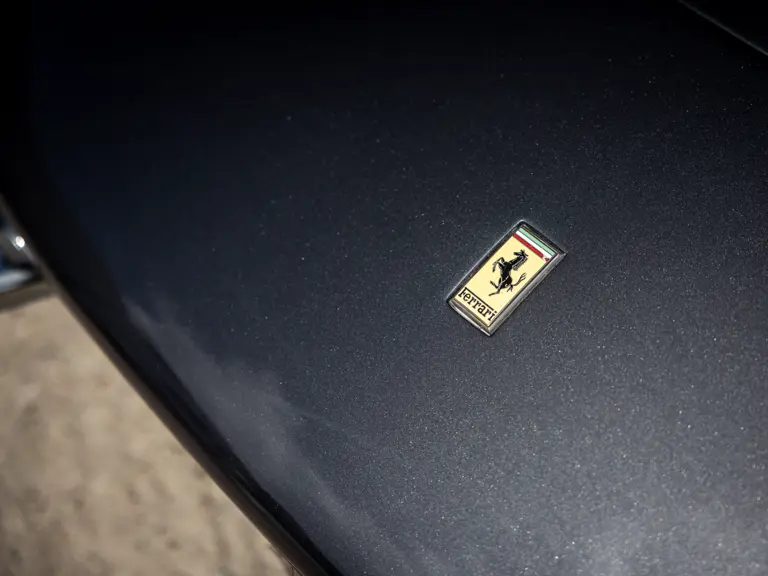
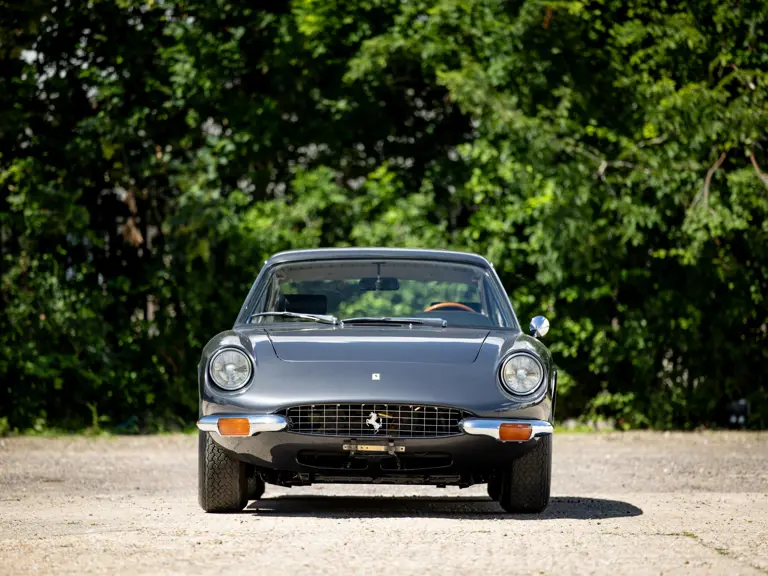


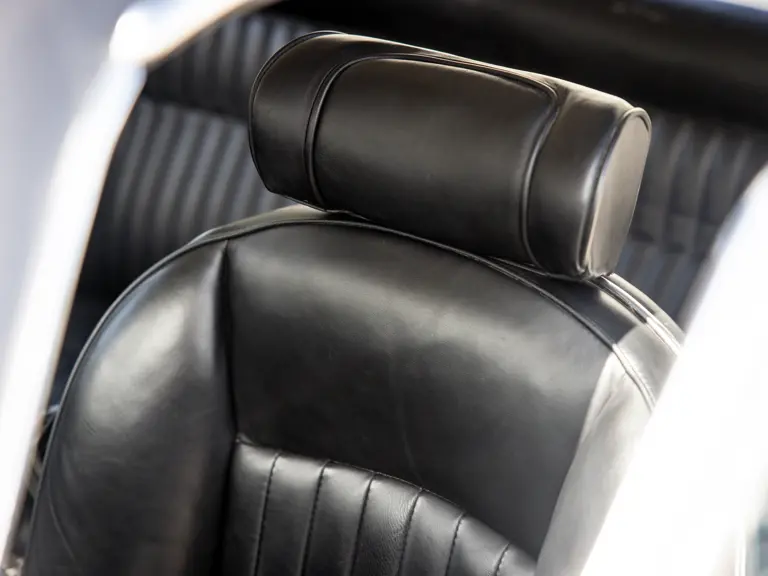

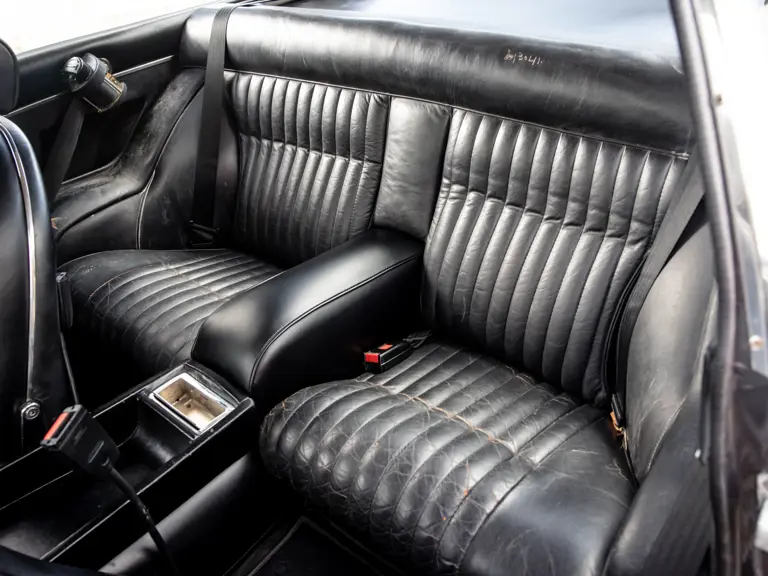

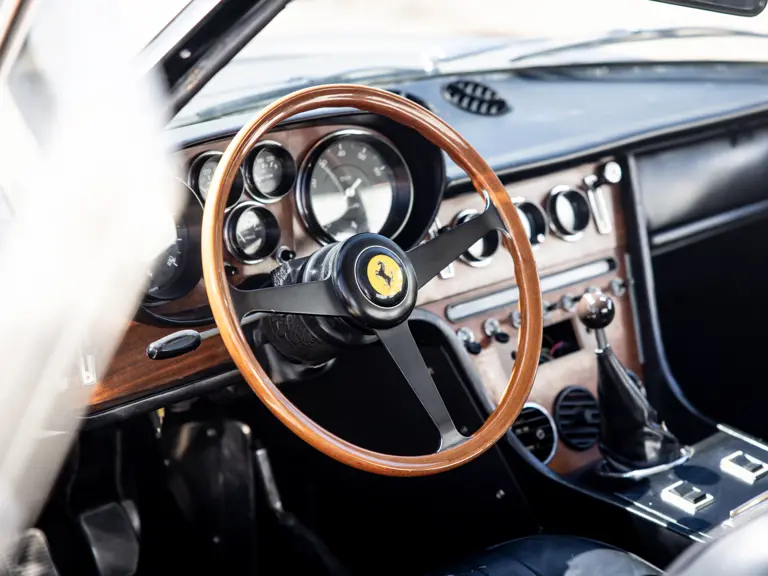

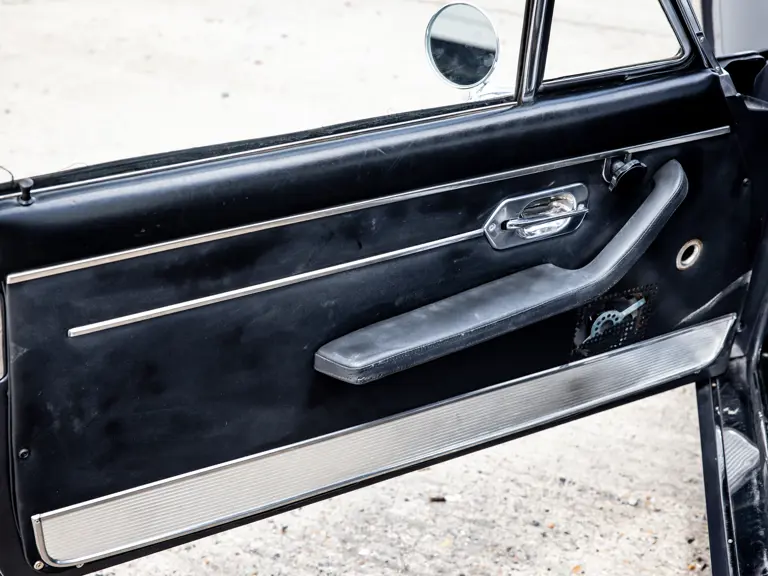
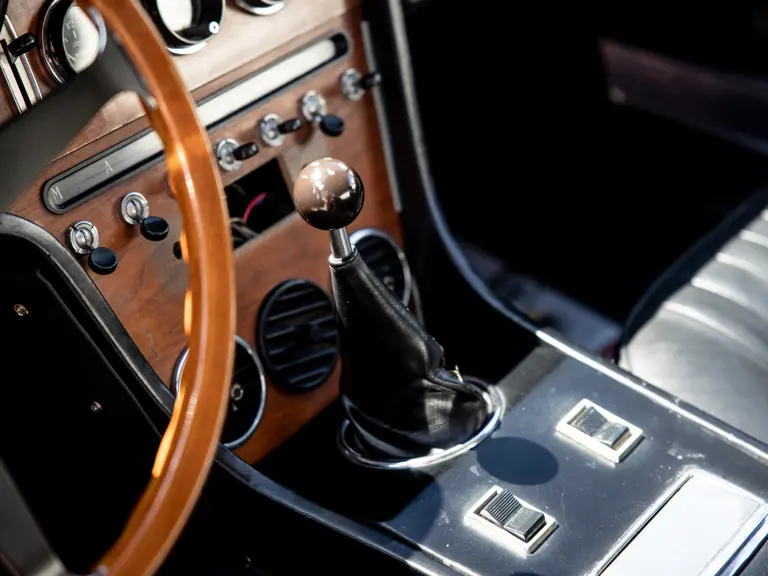
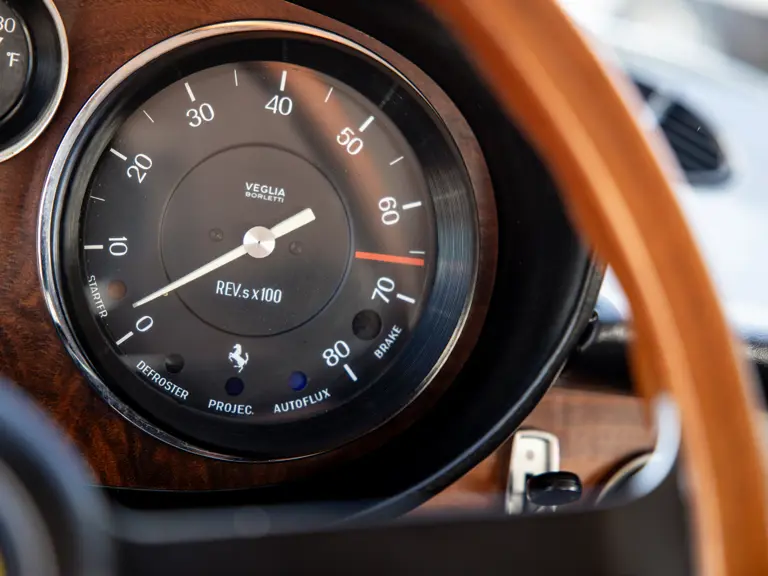
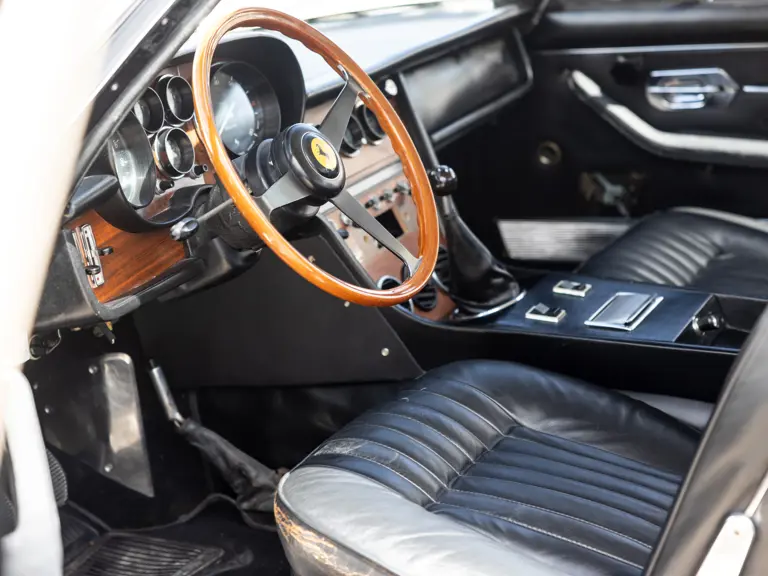
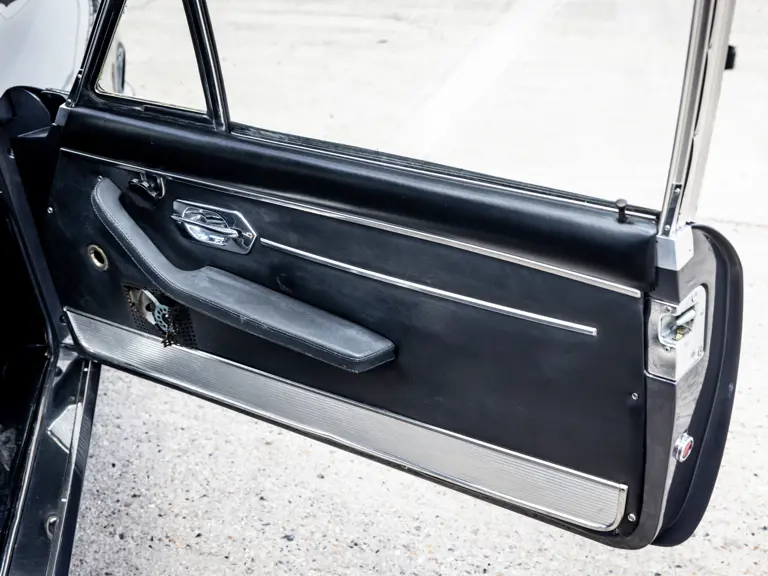
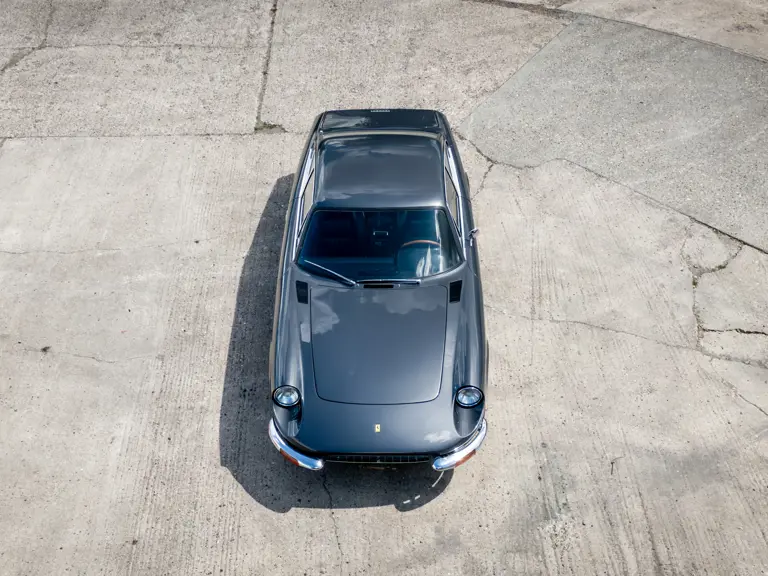
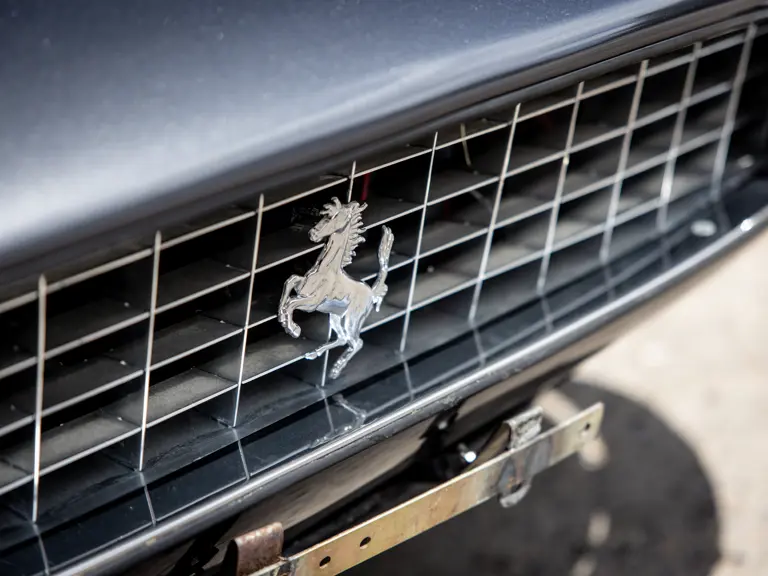
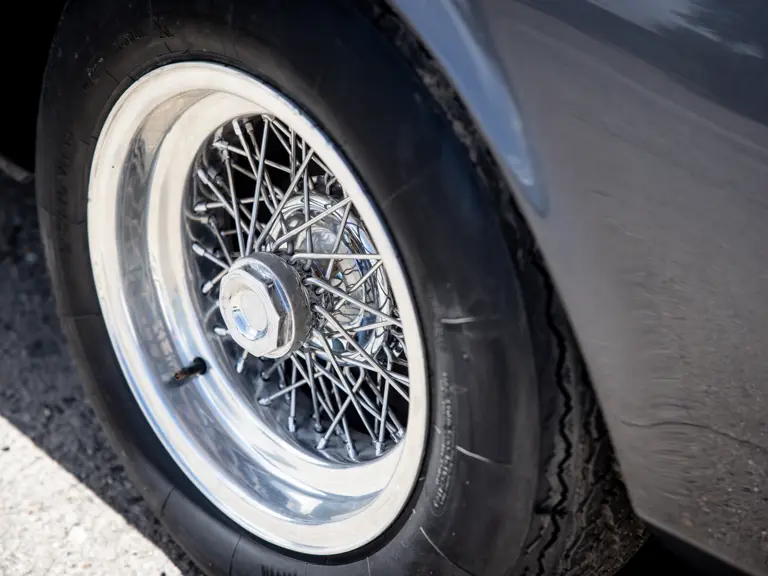
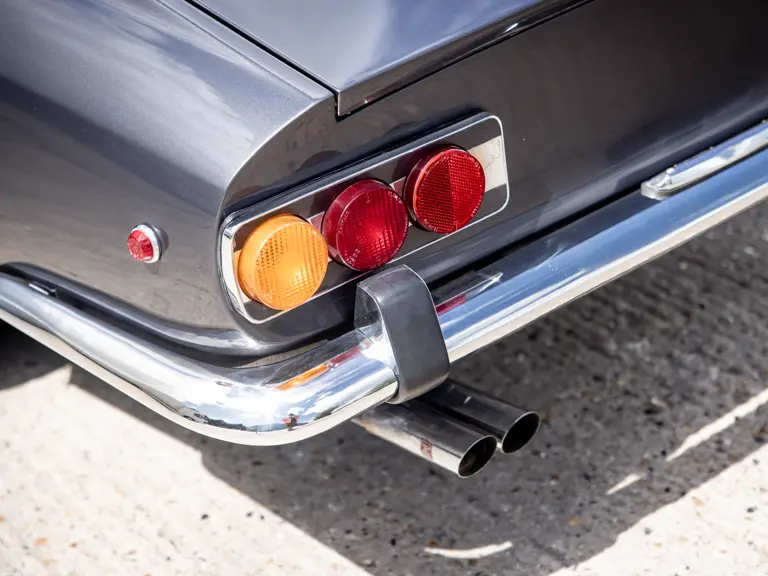
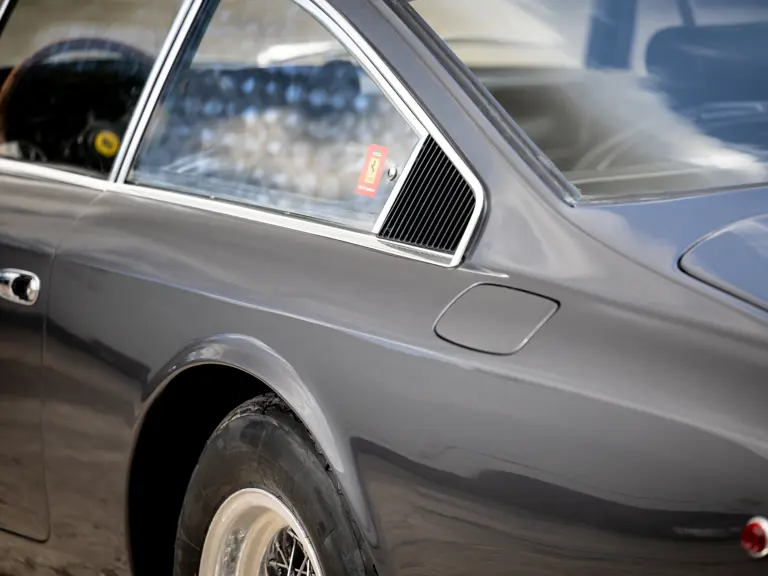
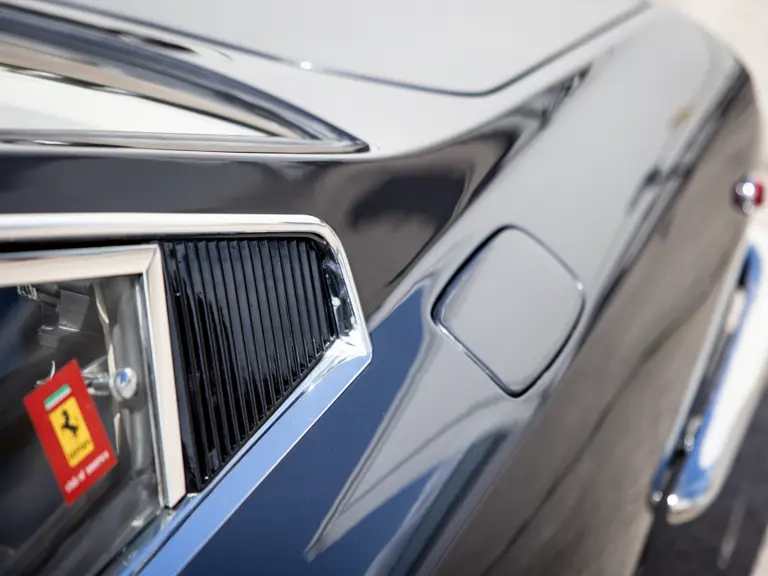
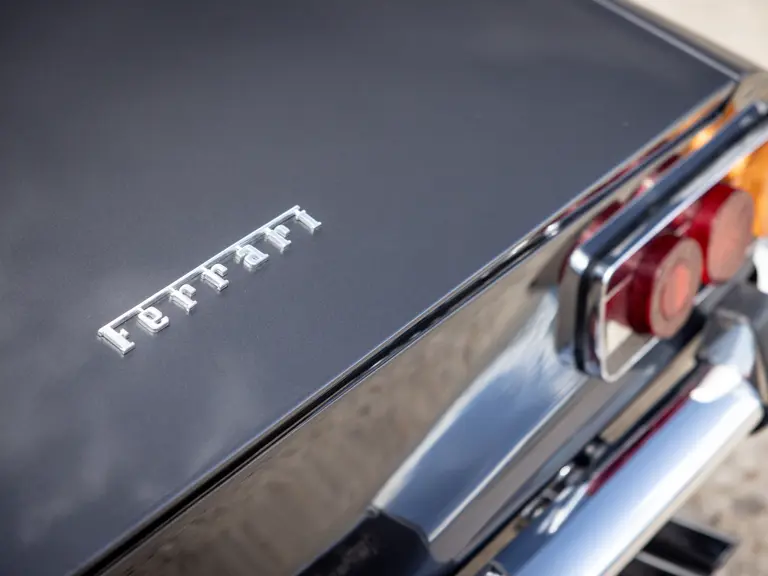


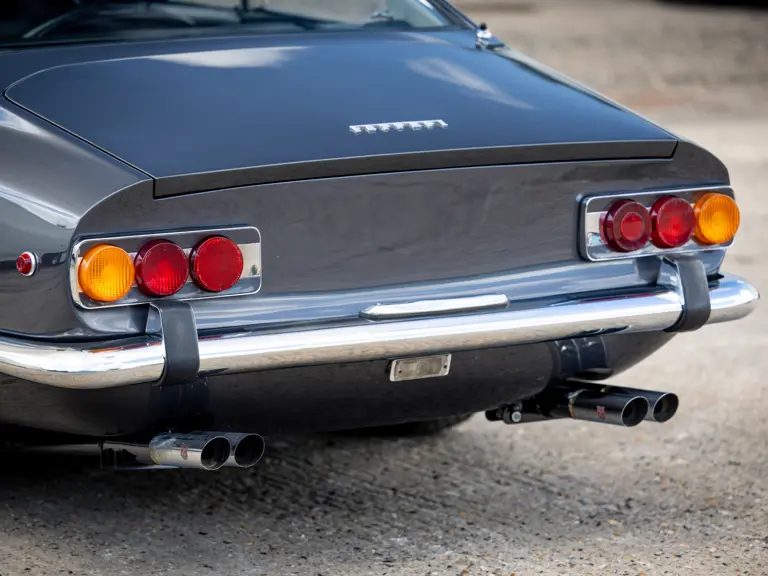
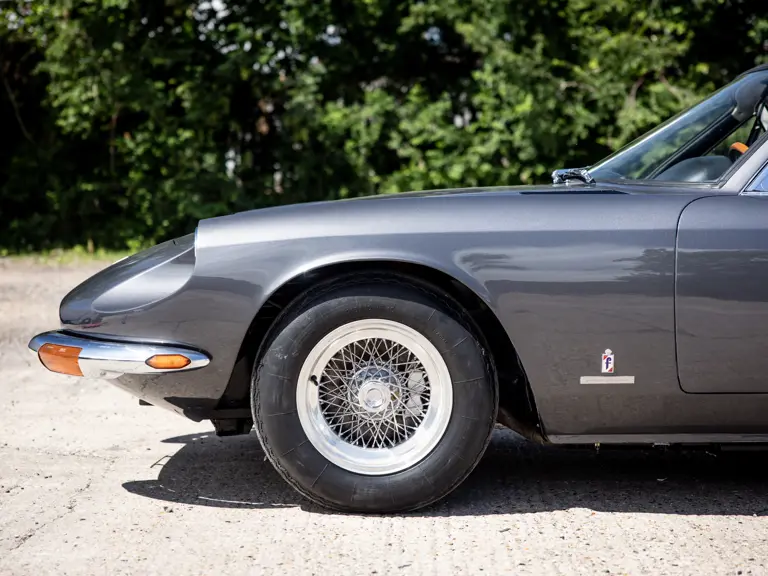
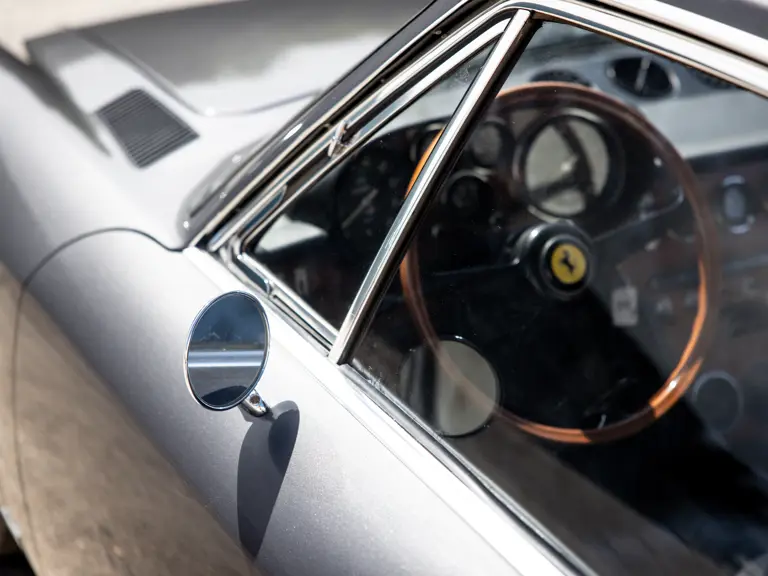
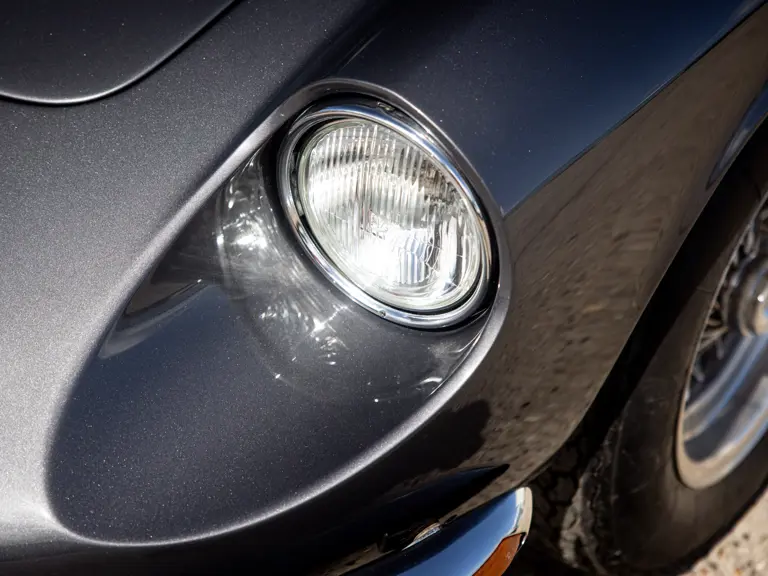

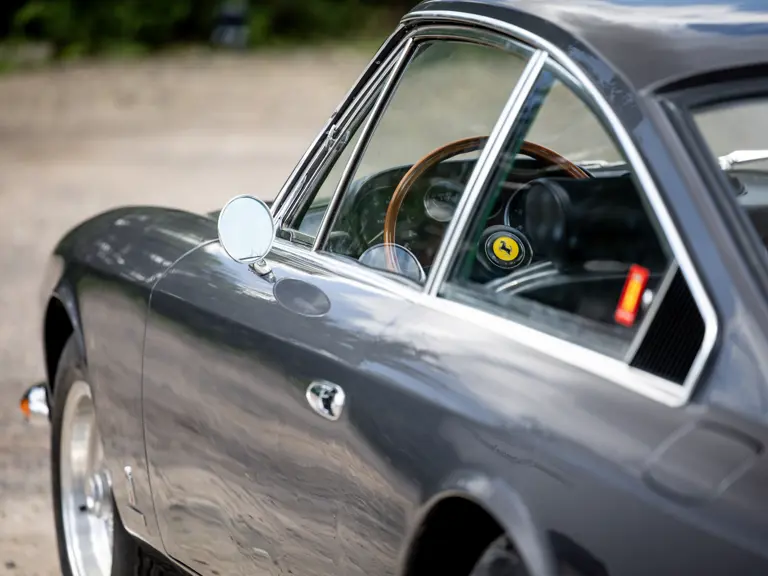
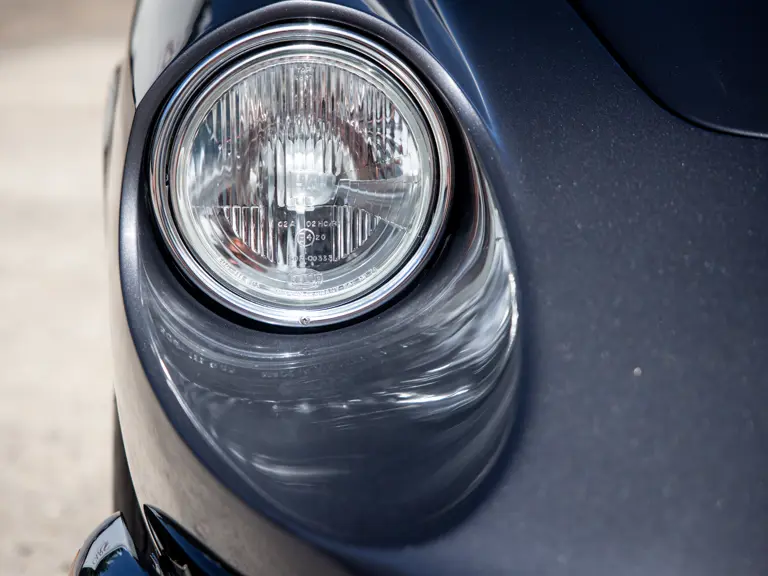


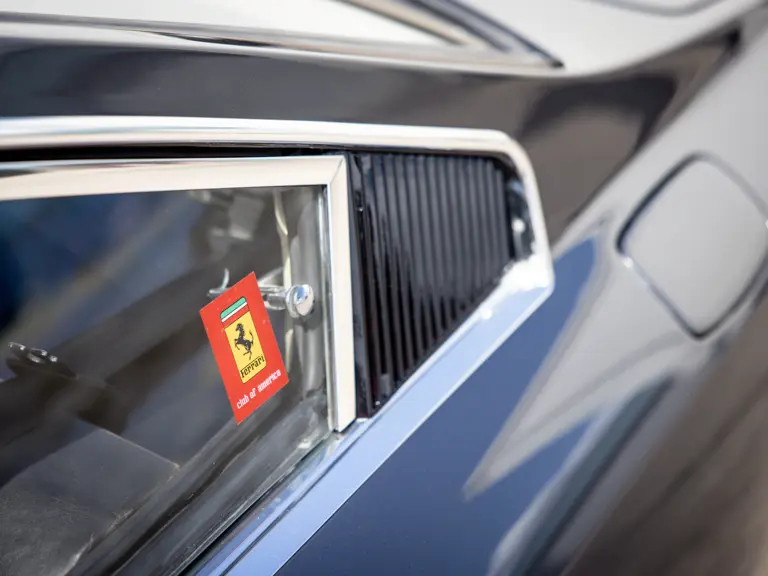
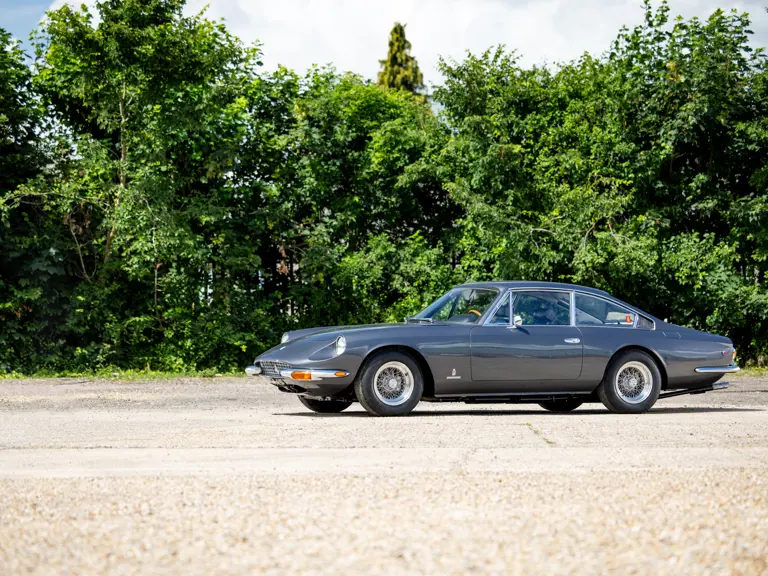
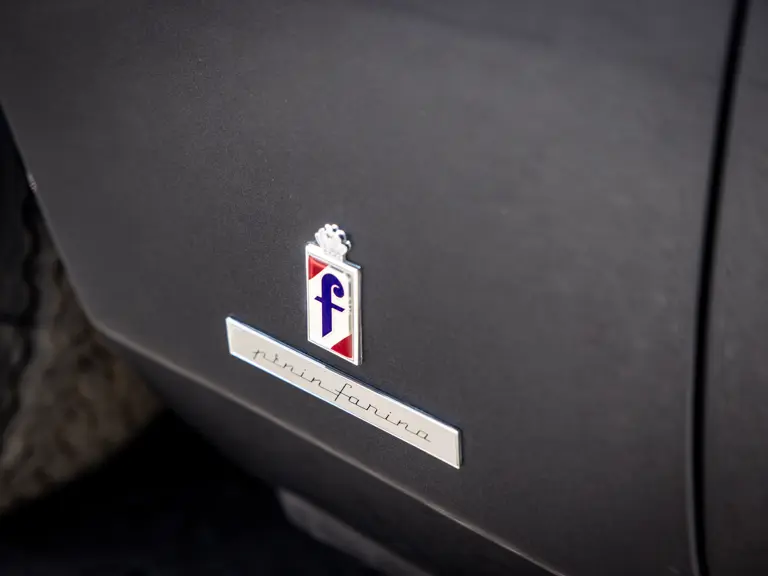
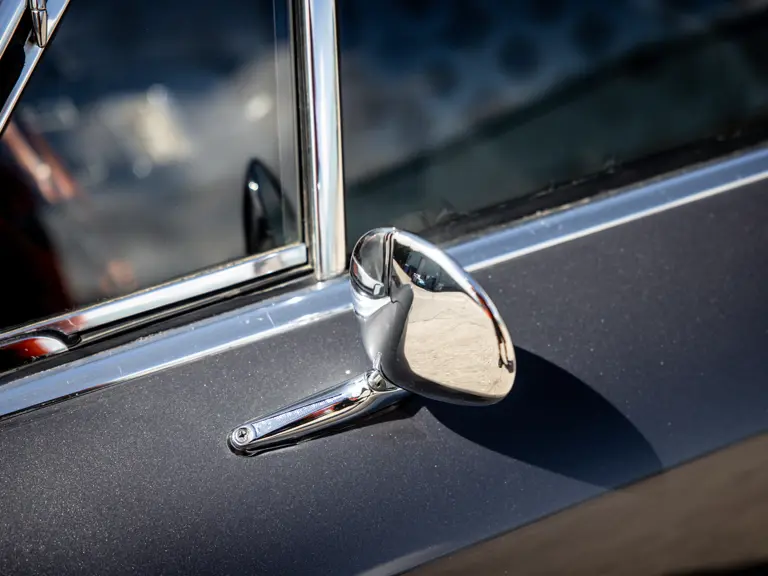
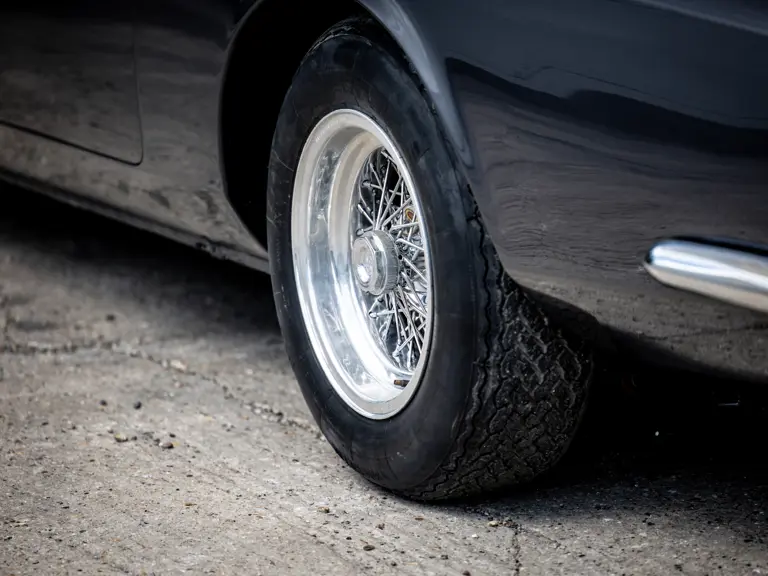

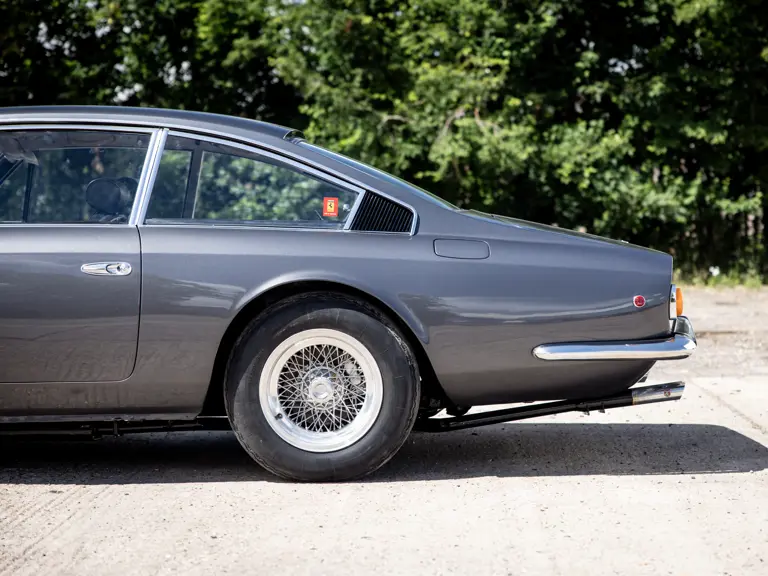
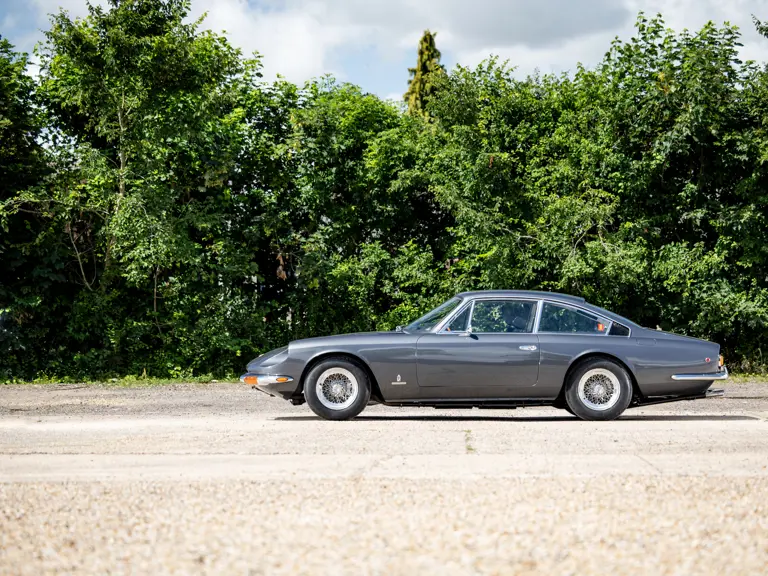
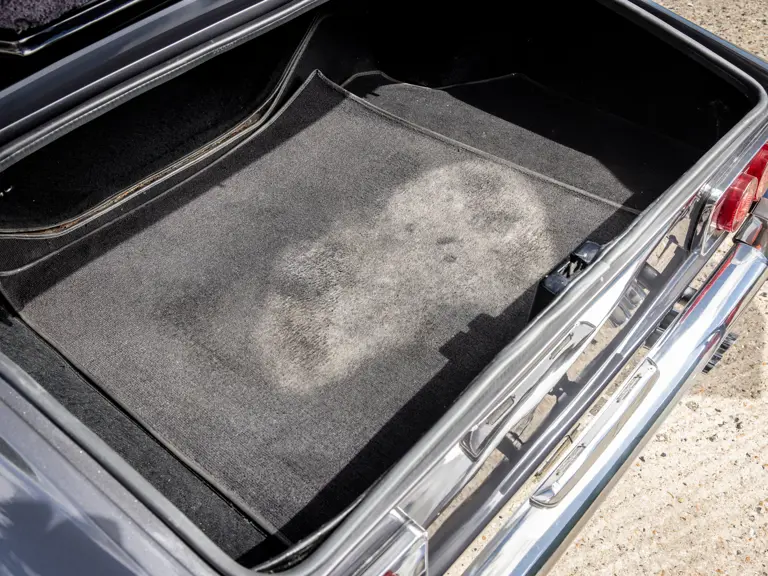
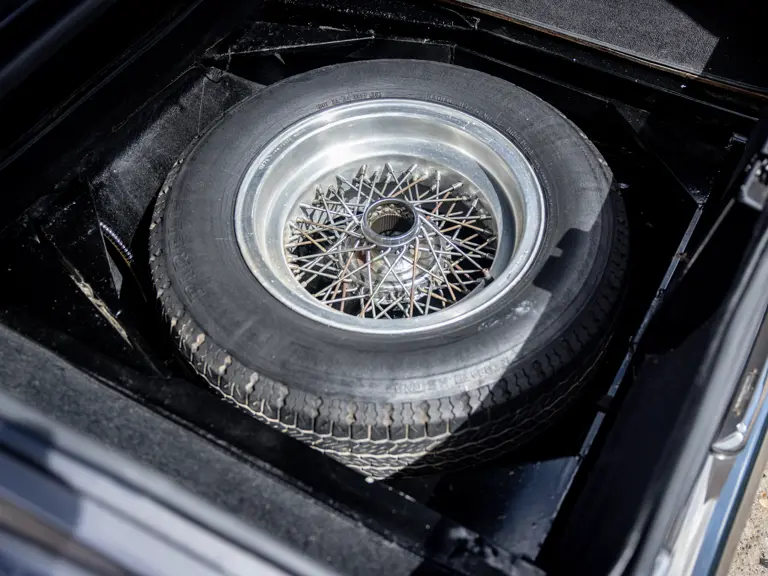
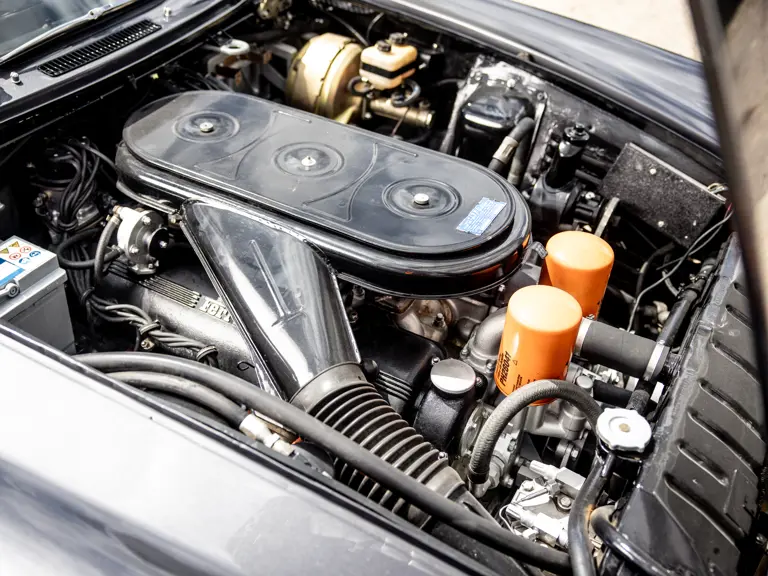


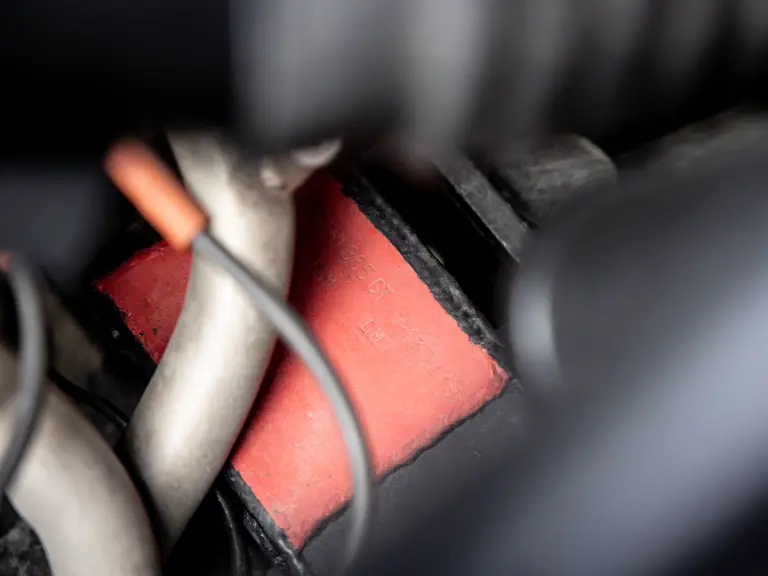
 | St. Moritz, Switzerland
| St. Moritz, Switzerland
